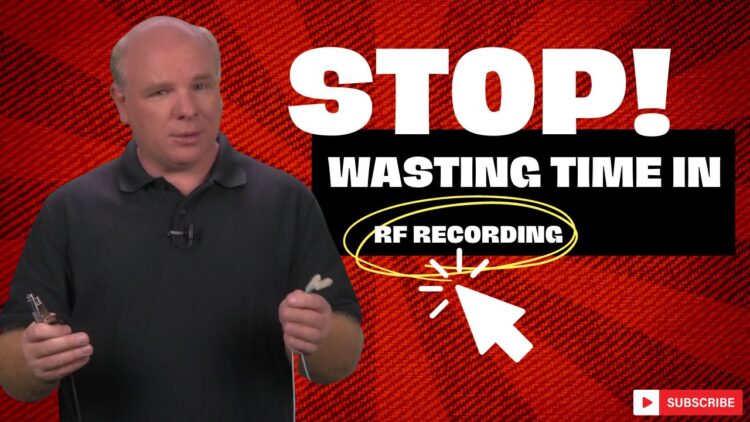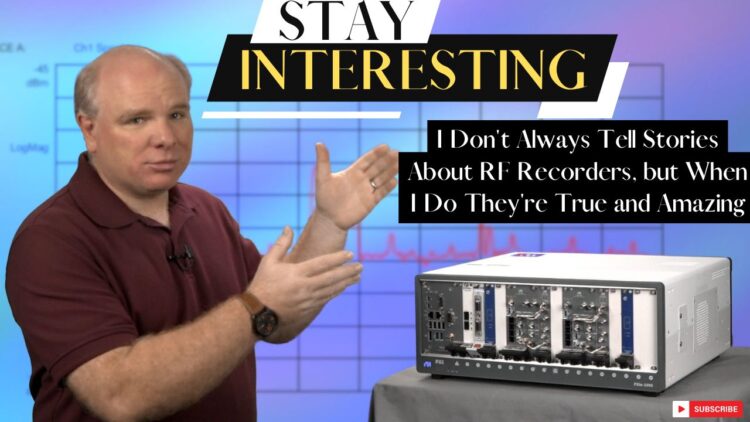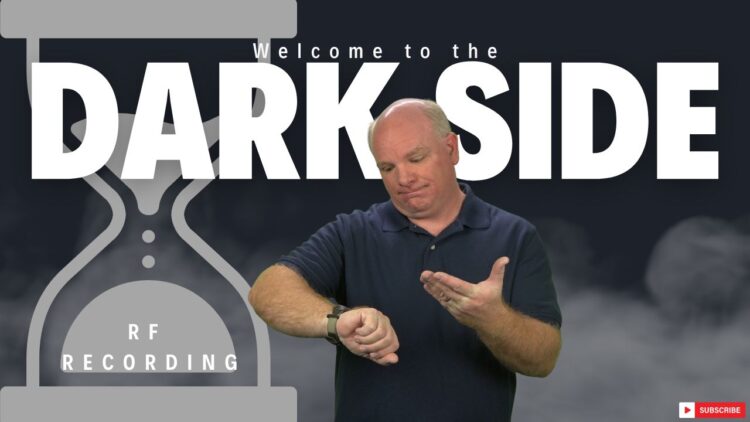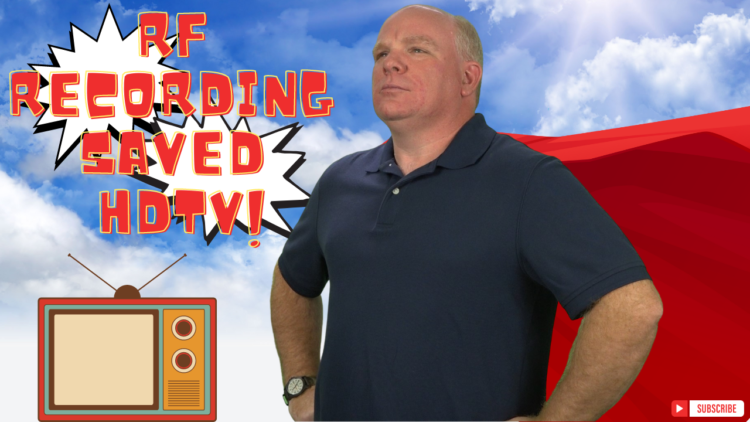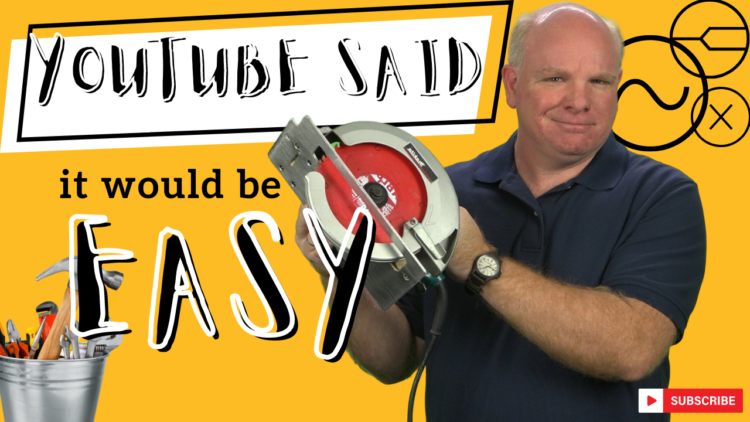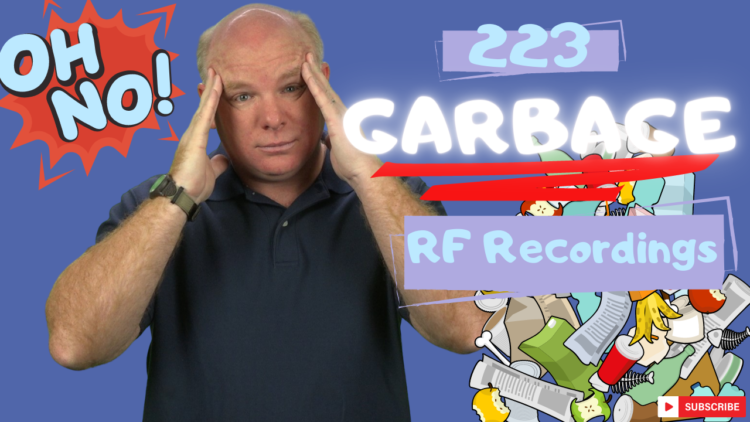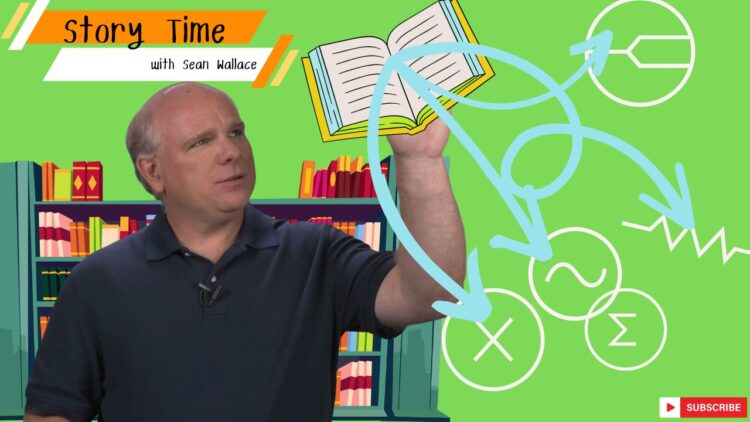RF signals are often in the wrong place, at the wrong time. This was expensive for our clients, and the outcome was hit or miss.
Video Transcript:
– Maybe you’ve heard someone say, “That guy was just in the right place at the right time.” Well, as RF engineers, it seems like we’re all too often in the wrong place at the wrong time. And today, I’d like to tell you about my story of being in the wrong place at the wrong time. (mechanical music) When I started my career as an RF engineer, I believed that I could create just about any signal I wanted using an HP signal generator in the lab, but it didn’t take me too long to figure out that RF signals in the real world were a lot more complicated than that.
It just wasn’t possible to easily create the complex RF signals that are so common in the real world. The dynamics, multi-path, noise, interference, it’s hard enough to predict, much less replicate. The really interesting signals, the ones that cause all the problems, are not in the lab, they’re in the field. And that’s why I say that engineers in the lab are often in the wrong place at the wrong time.
In fact, about 20 years ago, I started a business that tried to solve exactly this problem. It was an RF field-testing business. RF engineers from around the world would come to work with us, and we would take them out in our field test van to hunt down the most problematic and interesting RF signals. It was like we were an RF signal safari, and I was the guide.
It was a lot of fun for a while, but the truth is that we often didn’t catch our prey. Sometimes, we just didn’t find the really interesting signals. Maybe the timing was wrong, or we just chose the wrong place to test. In reality, it was a very expensive game of chance for my clients.
See, the problem was that I was trying to bring the engineers to the right place and the right time, but I had it all backwards. What I actually should have been doing was bringing the signals to the right place and right time. So it was around this time that RF recording became possible at a somewhat reasonable price point. We could only record for about 25 seconds at a time, but, well, we basically got the job done.
Now I remember one particular client paid us to capture hundreds of RF recordings in a few cities. It was a big test and a bit of a gamble for both of us, really. At the end of the program, I shipped the hard drives off to the client, and I didn’t really hear from them for quite a while. It was about a year later, I decided to check in on them, and I was told that they were busy completely changing their demodulator design based on the RF captures that we had gathered in the field.
Those signals were replayed over and over again into my customer’ s design as it evolved over time. Without the recordings, they would’ve had a very messy product launch. A few years later, I was reading a trade magazine, and I learned that my client had produced the most popular consumer electronics product in the country, and they held that position for many years. So as you’re defining your next test program, I invite you to think about whether this might apply to your application.
Perhaps it could be done better, faster or cheaper through the manipulation of time and place. Thanks for watching. I’m Sean Wallace, and I hope you’re now as excited about RF recording as I have been for the last 20 years.
